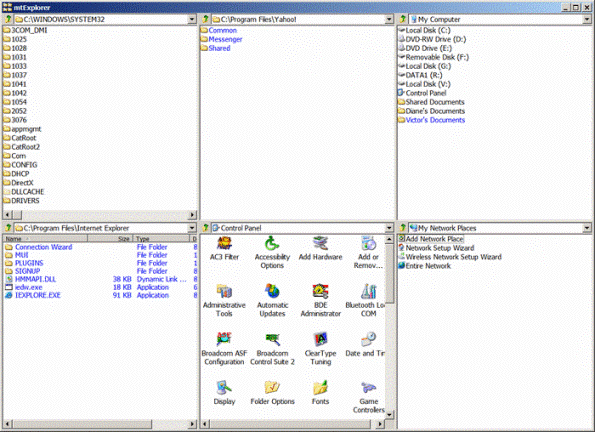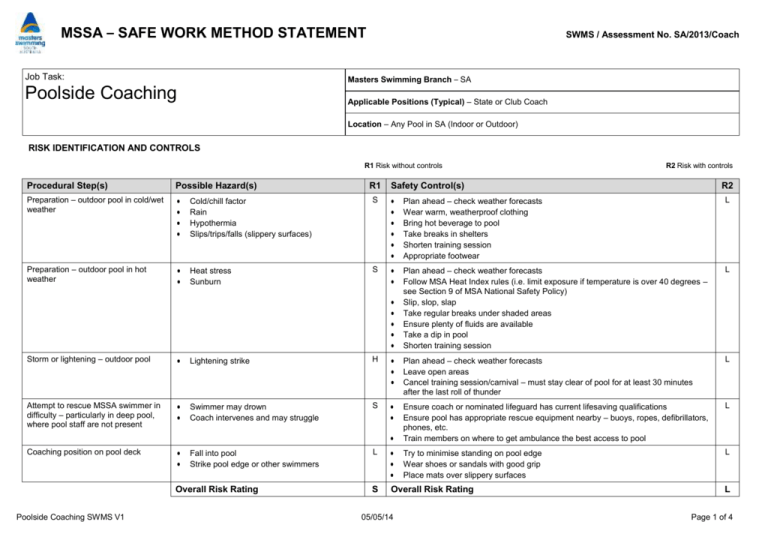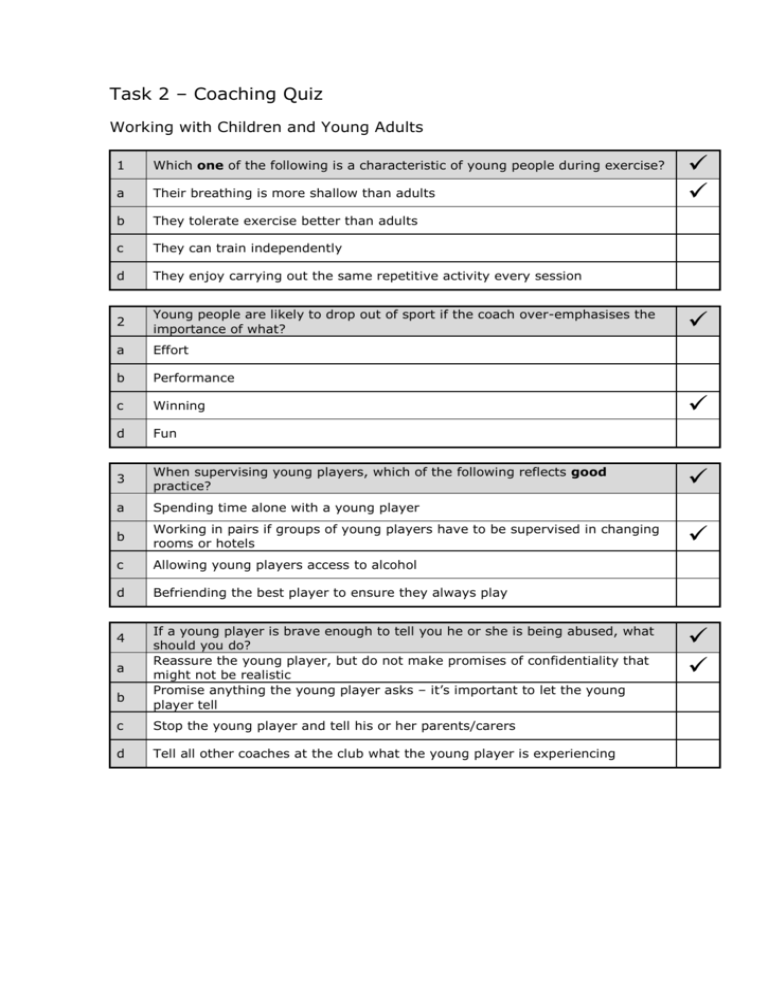
#Task coach chrome windows#
You can also view Chrome’s overall CPU usage in the Windows Task Manager.


The only difference is that you get additional details in the Chrome Task Manager. To sum it up, Windows and Chrome share this common feature to monitor or control tasks. Process Priority: It displays which processes is Chrome prioritizing.JavaScript Memory: It is an indicator of how much memory JavaScript is using.SQLite memory: It is the amount of memory that the SQLite database is using.Script Cache: It indicates the amount of stored cache data for scripts.GPU Memory: It signifies how much Graphics processing unit memory is being used by the processes.
#Task coach chrome code#

#Task coach chrome how to#
Now that you know how to access the Task Manager, it’s a straightforward process to use it. If you’re on a Chromebook, press Search + Esc keys. Open Chrome and then press Shift + Esc keys. Additionally, you can right-click on the bar above the address bar and then select Task Manager. Like Windows, you can also easily open the Task Manager on Chrome by using similar keyboard shortcuts. Navigate to More Tools and then select Task Manager.While you have the Chrome browser open, click on the three dots in the top-right corner.You can view these tabs in either ascending or descending order by clicking on them once.Īn easy way to open the Task Manager on Chrome is by following these quick steps whether you’re on Windows or Mac: Or, check for unusual patterns.Ĭhrome’s Task Manager not only gives you an overview of all the processes but also gives you a rundown of additional details, like the type of your task, services and subframes. At the top of the window, you can also view other tabs, like Memory Footprint, CPU, Network, and Process ID. When checking the memory footprint and CPU usage of the extensions, look for ones that are consuming resources at an alarming rate. But, they also include some faulty ones that lead to glitches, high RAM usage, or bring viruses. Identify Suspicious Extensions: Chrome has a large library of extensions.If it’s possible, you can then choose to give more priority to selected websites. You can easily check the memory footprint of all the sites. Analyze Browser Behavior: If you want to better utilize the resources on your browser, it’s a good idea to keep track of how much memory do certain websites consume.Since you can view all the processes under one roof, it’s easier to close them directly. Close Multiple Tabs: If you have multiple Chrome windows and tabs open and find it tedious to close them individually, simply open the Task Manager.An effective way to troubleshoot such issues is by checking how much system resource each tab is using and ending the tasks. Almost all errors stem from the many open tabs or background processes on your Chrome browser. Troubleshoot Crashes: Chrome is no stranger to many common errors, like frequent crashes or high CPU usage.When Do You Need a Task Manager on Browser? This feature comes in handy as Chrome often runs into issues regarding its high CPU usage. It helps you manage the tabs you open on Chrome and monitor the system resources. Simply put, the Task Manager for Chrome does as its name suggests. These two features share the same functionality. Did you know that even Chrome has a Task Manager? Similar to the Task Manager on Windows, you also get a Task Manager on Chrome.


 0 kommentar(er)
0 kommentar(er)
